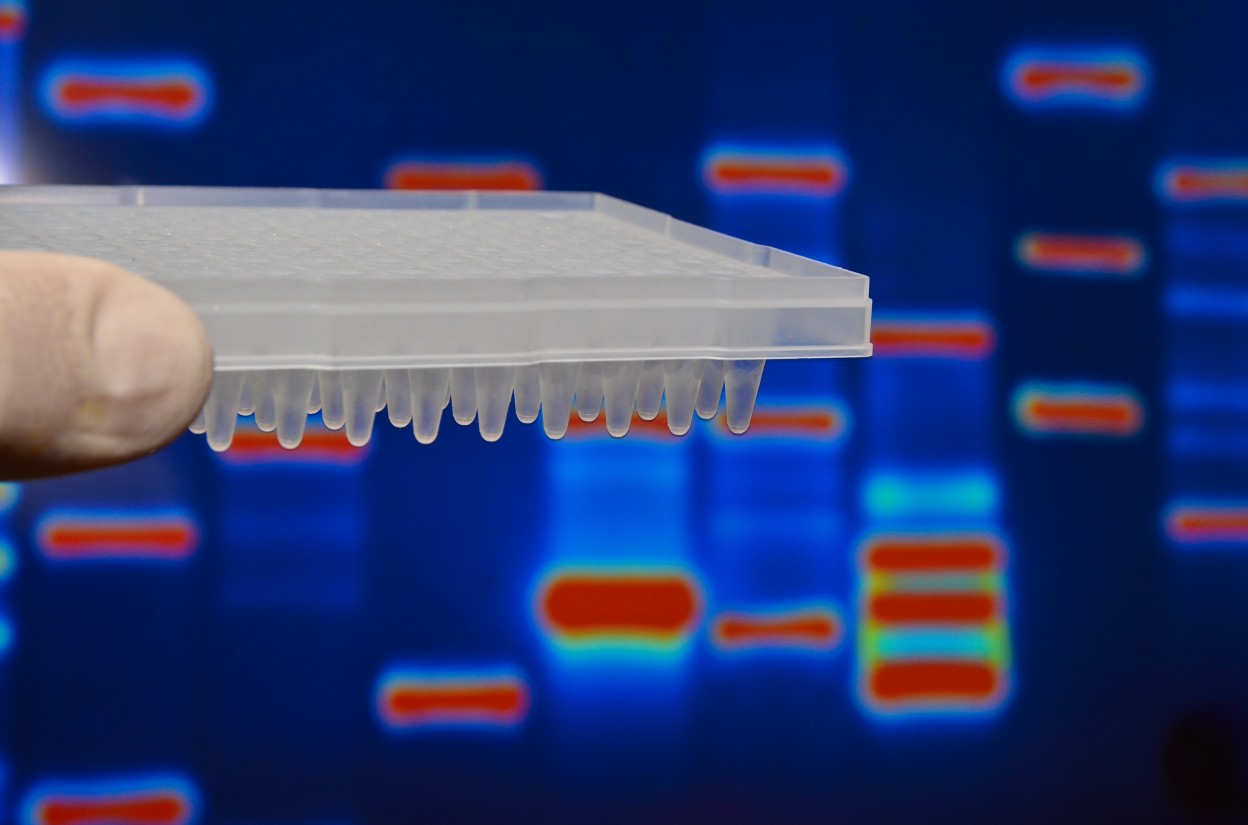COPD Shares Genetic Factors with Idiopathic Pulmonary Fibrosis, According to Study
Written by |

In the first large-scale study comparing the transcriptomics of a variety of lung diseases, Yale scientists revealed that chronic obstructive pulmonary disease (COPD) shares a network of underlying genes with idiopathic pulmonary fibrosis – another devastating lung disease. The new findings advance our understanding of both conditions, and might possibly aid in the development of common therapeutic approaches.
Despite the fact that the two lung conditions share risk factors such as smoking, they have rarely been studied together, and so any common molecular mechanisms are unknown. To get a broader picture of any potential similarities, Yale University researchers collected tissue samples from patients suffering from COPD, pulmonary fibrosis, or other lung conditions. The samples were acquired through the Lung Tissue Resource Consortium, a biorepository of the National Heart, Lung and Blood Institute.
The study, “Integrated Genomics Reveals Convergent Transcriptomic Networks Underlying COPD and IPF,” performed in collaboration with scientists at several U.S. institutions, used RNA sequencing methods, as well as systems biology techniques, to study what is known as the transcriptome – the complete set of gene transcripts that are produced by the genome in a particular tissue.
Doing so, they could identify patterns of similarities and differences between healthy and diseased lungs, as well as between the two lung conditions. Key findings, published in the American Journal of Respiratory and Critical Care Medicine, showed that some genes are affected in the same way in COPD and pulmonary fibrosis.
“We were able to identify a relatively large number of genes that behaved similarly in both diseases,” senior author Dr. Naftali Kaminski, chief of the Pulmonary, Critical Care, and Sleep Medicine section at Yale, said in a press release. “This finding may suggest that there are potential core mechanisms shared by idiopathic pulmonary fibrosis and emphysema [a type of COPD], allowing for the development of interventions to target both diseases.”
The identified genes turned out to belong to a network called the p53/hypoxia pathway. “This may suggest that the network underlies the response to the environmental causes of idiopathic pulmonary fibrosis and COPD,” said Dr. Avrum Spiro, co-author of the study. “It may also be relevant to lung cancer, a condition that is more common in patients with idiopathic pulmonary fibrosis or COPD.”
“The study of COPD, idiopathic pulmonary fibrosis, or even lung cancer has been siloed for too long,” Kaminski said. “We may learn a lot by comparing and contrasting these devastating conditions.”




